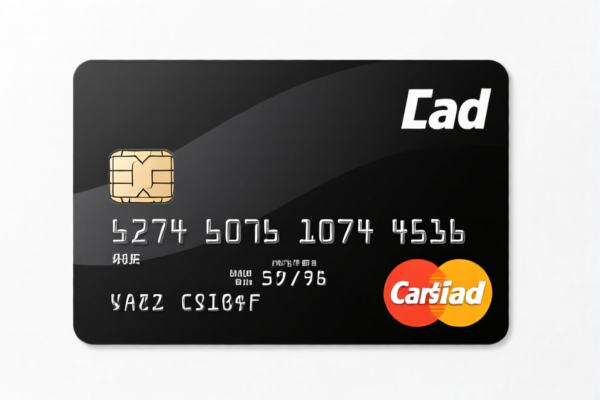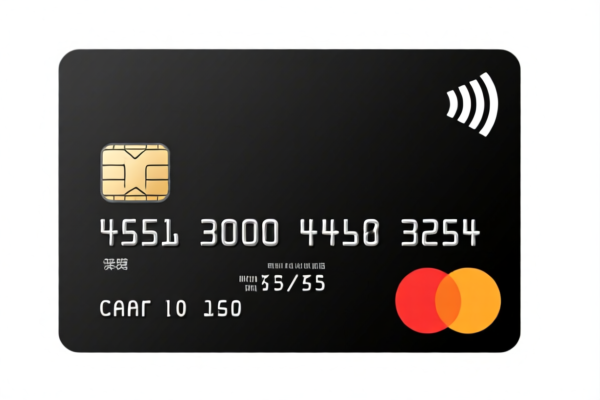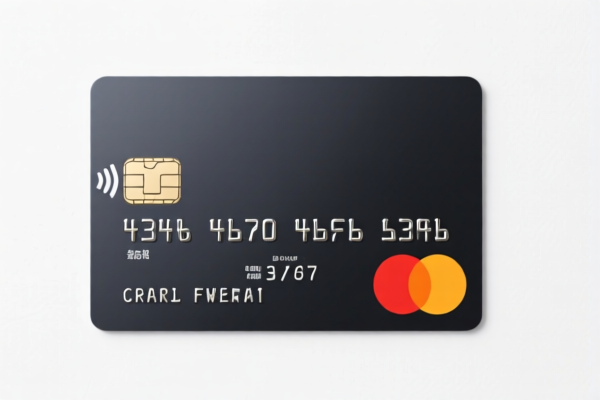| HS Code | Official Doc | Tariff Rate | Origin | Destination | Effective Date |
|---|---|---|---|---|---|
| 6114200055 | Doc | 48.3% | CN | US | 2025-05-12 |
| 6217909075 | Doc | 52.1% | CN | US | 2025-05-12 |
| 6217909095 | Doc | 52.1% | CN | US | 2025-05-12 |
| 6213201000 | Doc | 43.2% | CN | US | 2025-05-12 |
| 6213202000 | Doc | 44.6% | CN | US | 2025-05-12 |
| 4911100080 | Doc | 37.5% | CN | US | 2025-05-12 |
| 4911998000 | Doc | 37.5% | CN | US | 2025-05-12 |
| 4909002000 | Doc | 37.5% | CN | US | 2025-05-12 |
| 4909004000 | Doc | 30.0% | CN | US | 2025-05-12 |
| 3926909400 | Doc | 55.0% | CN | US | 2025-05-12 |
| 3920791000 | Doc | 61.2% | CN | US | 2025-05-12 |
| 3920995000 | Doc | 60.8% | CN | US | 2025-05-12 |




Clothing Card
A clothing card, also known as a garment tag, price tag, or swing tag, is a piece of cardboard, paper, or plastic attached to clothing and accessories to display information about the item. It serves multiple purposes throughout the supply chain and at the point of sale.
Material:
- Cardboard: The most common material, offering a balance of cost-effectiveness and printability. Recycled cardboard is frequently used.
- Paper: Less durable than cardboard, often used for promotional tags or temporary information.
- Plastic: More durable and water-resistant, suitable for outdoor clothing or items requiring long-term tagging. Materials include PVC, PET, and polypropylene.
- String/Cord: Typically cotton, nylon, or plastic, used to attach the tag to the garment.
Purpose:
- Pricing: Displays the retail price of the item.
- Product Information: Provides details such as brand name, style number, size, color, and fabric content.
- UPC/Barcode: Enables scanning at the point of sale for inventory management and sales tracking.
- Branding & Marketing: Often incorporates logos, designs, and promotional messaging to reinforce brand identity and attract customers.
- Care Instructions: May include washing, drying, and ironing guidelines.
- Country of Origin: Indicates where the garment was manufactured.
- Security: Some tags incorporate security features to prevent theft (e.g., RFID tags, security pins).
Function:
Clothing cards facilitate the identification, pricing, and sale of garments. They play a critical role in retail operations, inventory control, and supply chain management. They also provide consumers with essential information about the product.
Usage Scenarios:
- Retail Stores: Used on all clothing items for display and sale.
- Manufacturing: Attached during production to identify style, size, and color.
- Warehousing & Distribution: Used for tracking inventory and managing shipments.
- E-commerce: While not physically attached to the item in transit, information from the card is often replicated on product listings and packaging.
- Consignment Shops: Used to display pricing and item details.
Common Types:
- Standard Hang Tags: The most common type, attached to the garment with a string through a hole.
- Price Tags: Smaller tags primarily displaying the price.
- Security Tags: Designed to prevent theft, often requiring a special removal tool.
- RFID Tags: Use radio frequency identification to track inventory.
- Promotional Tags: Used for special offers, discounts, or marketing campaigns.
- Neck Tags: Specifically designed to be attached to the neck of garments.
- Woven Labels/Tags: Fabric tags sewn into the garment, providing information about size, care, and country of origin (often used in addition to hang tags).
- Attached Cards: Smaller cards directly affixed to the garment with pins or adhesives.
Based on the provided information, “clothing card” can potentially fall under several HS code classifications depending on its material and specific function. Here's a breakdown of relevant codes:
-
6114.20.00.60: This code covers “Other garments, knitted or crocheted: Of cotton Other: Men's or boys' (359)”. While primarily for garments, a knitted or crocheted card could be classified here if it resembles a lightweight garment.
- 61: Chapters 61-63 cover articles of apparel and clothing accessories, knitted or crocheted.
- 14: Heading 61.14 specifically covers other garments knitted or crocheted.
- 20.00.60: This subheading narrows it down to cotton garments for men or boys.
-
6114.20.00.55: Similar to the above, this code covers “Other garments, knitted or crocheted: Of cotton Other: Women's or girls' (359)”. Applicable if the card is knitted or crocheted and designed for women or girls.
- 61: Chapters 61-63 cover articles of apparel and clothing accessories, knitted or crocheted.
- 14: Heading 61.14 specifically covers other garments knitted or crocheted.
- 20.00.55: This subheading narrows it down to cotton garments for women or girls.
-
4911.10.00.80: This code covers “Other printed matter, including printed pictures and photographs: Trade advertising material, commercial catalogs and the like Other”. If the “clothing card” is primarily a printed promotional item, this code may be applicable.
- 49: Chapter 49 covers printed books, maps, drawings and photographic reproductions.
- 11: Heading 49.11 covers other printed matter.
- 10.00.80: This subheading covers trade advertising material.
-
4911.99.80.00: This code covers “Other printed matter, including printed pictures and photographs: Other: Other: Other: Other”. This is a broad category for printed matter not specifically classified elsewhere.
- 49: Chapter 49 covers printed books, maps, drawings and photographic reproductions.
- 11: Heading 49.11 covers other printed matter.
- 99.80.00: This subheading is a residual category for other printed matter.
-
3926.90.94.00: This code covers “Other articles of plastics and articles of other materials of headings 3901 to 3914: Other: Cards, not punched, suitable for use as, or in making, jacquard cards; Jacquard cards and jacquard heads for power-driven weaving machines, and parts thereof; and Transparent sheeting of plastics containing 30 percent or more by weight of lead”. If the card is made of plastic and is used in weaving, this code may apply.
- 39: Chapters 39-42 cover plastics and articles thereof.
- 26: Heading 39.26 covers other articles of plastics.
- 90.94.00: This subheading covers cards and related items.
-
4909.00.20.00: This code covers “Printed or illustrated postcards; printed cards bearing personal greetings, messages or announcements, whether or not illustrated, with or without envelopes or trimmings: Postcards”. If the card functions as a postcard, this code may be applicable.
- 49: Chapter 49 covers printed books, maps, drawings and photographic reproductions.
- 09: Heading 49.09 covers printed postcards and cards.
- 00.20.00: This subheading specifically covers postcards.
According to the provided reference material, the HS code options related to 'clothing card' are limited, with only the following 7 found.
Please note that the applicable tax rates for each code are as follows:
- 6114.20.00.60 & 6114.20.00.55: Total tax of 48.3%, with a breakdown of 10.8% base tariff, 7.5% additional tariff, and 30.0% additional tariff after April 2, 2025.
- 4911.10.00.80 & 4911.99.80.00: Total tax of 37.5%, with a breakdown of 7.5% additional tariff and 30.0% additional tariff after April 2, 2025.
- 3926.90.94.00: Total tax of 55.0%, with a breakdown of 25.0% additional tariff and 30.0% additional tariff after April 2, 2025.
- 4909.00.20.00: Total tax of 37.5%, with a breakdown of 7.5% additional tariff and 30.0% additional tariff after April 2, 2025.
Customer Reviews
No reviews yet.